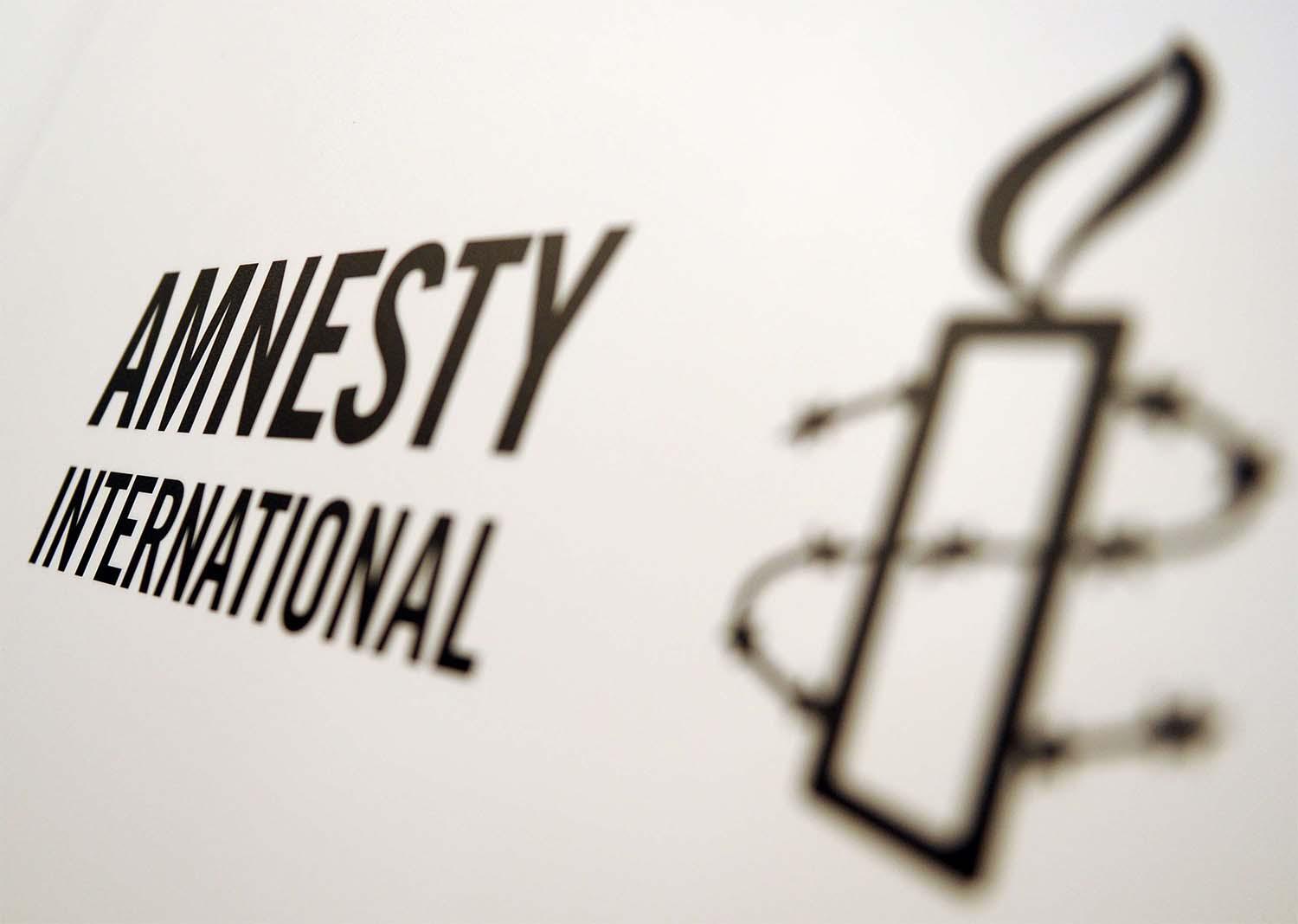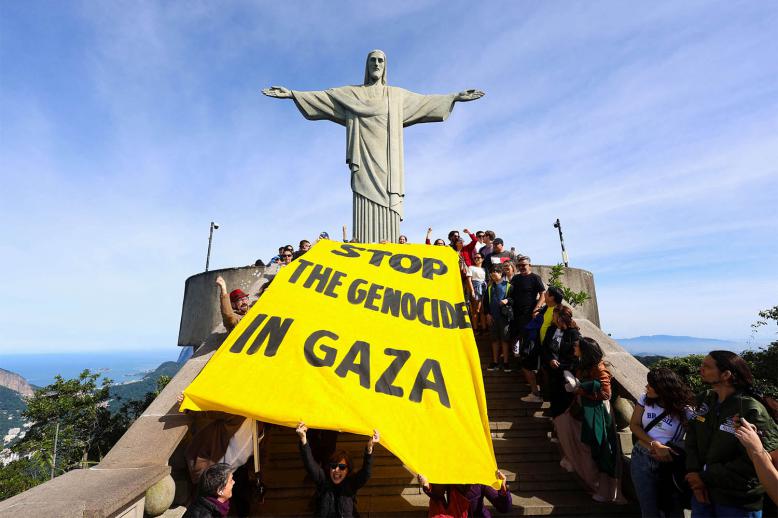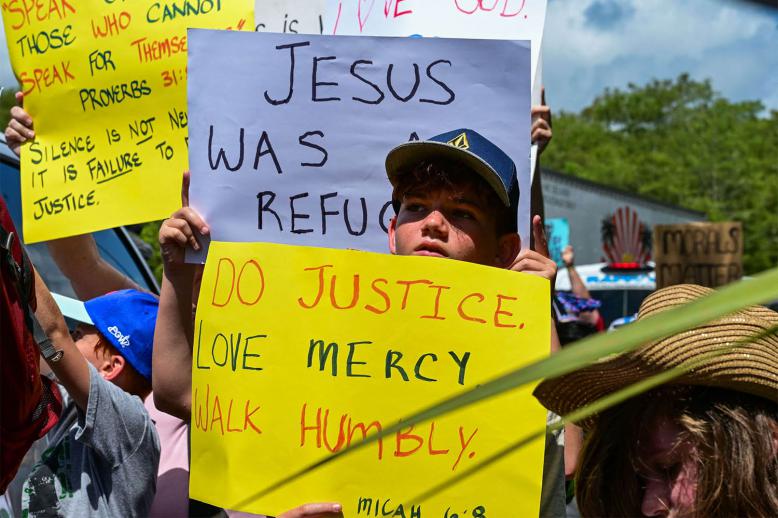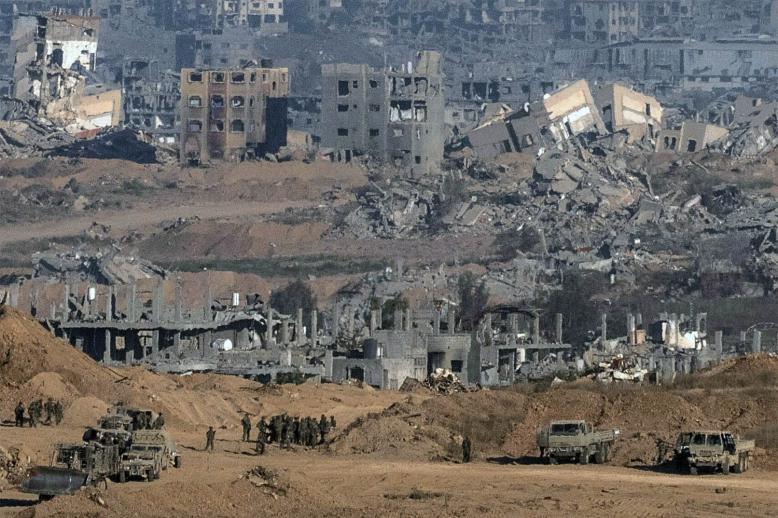Phone spying by Morocco: evidence of Amnesty International's amateurism
Amnesty International is beating around the bush instead of providing evidence of their accusation against Morocco. On the one hand, Moroccan authorities make a single and unique request to AI: provide proofs of your accusations. On the other hand, the human rights group is lost in semantic considerations and biased reminders of the human rights matters «balance sheet» of the kingdom, instead of providing the long-awaited material evidence.
On the one hand, Morocco continues to ask for a single and unique request, both rational and logical. On the other hand, Amnesty shows, day after day, that they clearly do not have any evidence of the accusation they have, nonetheless, made, and which provides the basis for the subjects covered by the journalists of no less than 17 international media outlets.
The Moroccan authorities’ insistent request was exacerbated on July 10, when the acting Secretary General Julie Verhaar, kicked into the long grass in her response to a letter from Morocco’s Prime Minister Saad Dine El Otmani.
In response, Otmani told state news agency MAP that “in the Moroccan government, we always insist on sending us a copy of the forensic report adopted to address unfounded accusations or make it public.”
In fact, the situation begins to resemble a dialogue with a deaf. And the side that pretends not to hear is, indeed, Amnesty International.
To understand the ins and outs of this imbroglio, we have to go back to June 22, the date of the publication of the famous “report”, in which Amnesty International accused Morocco of spying on journalist Omar Radi’s mobile phone.
An evidence-less presentation
On June 22, AI reported on its website that it discovered that Radi’s phone was infected with Pegasus, a powerful spy system designed by the Israeli company NSO Group, after having submitted it to an expertise.
AI argued that the name of this spyware allowed access to all the data saved on the phone and even allowed to activate its camera and microphone.
The AI’s text is long, very long, but it did not provide the most important element: a convincing evidence. The people who wrote that text called it a report, which was supposed to present a coefficient of forensics when, in fact, it was just a speech.
In its presentation, Amnesty tried to establish two facts, but to no avail. The first fact, that did not concern Morocco, is that the cell phone of Omar Radi was infected with the spyware Pegasus of the Israeli company NSO Group. The second fact is that the Moroccan State would be behind the spying operation. At no time could AI, nor its laboratory (Security Lab), to whom it entrusted the analysis of the mobile phone, provide the proof of this accusation.
In its presentation, AI got confused by a series of assumptions, tried to forge links, but could not provide any clear evidence. To lay such a serious accusation against a State, one must yet give irrefutable material evidence. On this specific point, the Amnesty’s “report” failed miserably to turn prejudice into clear evidence.
However, this “report”, with an eye-catching headline, Moroccan Journalist Targeted With Network Injection Attacks Using NSO Group’s Tools, was used for a media campaign targeting Morocco. To give an international impact to its accusation, Amnesty entrusted the report, before its publication, to the partners of Forbidden Stories. While for other business, like "Green Blood", it is always journalists of media partners of Forbidden Stories who carry out investigations. It was Amnesty which provided all the material to the international media, whose role did not exceed that of a simple case of reasoning.
While so far, Forbidden Stories has been interested in unfinished stories of journalists, often murdered to prevent them from pursuing their investigations, Radi is alive and kicking.
Newspapers such as prestigious as the Guardian, The Washington Post, EL Pais and Le Monde had therefore taken the accusations made by Amnesty at face value, without being bothered to contact the accused party to reply to the allegations. Indeed, none of these newspapers contacted Moroccan authorities to find out their claim. As for Amnesty, which claims to have contacted Moroccan authorities to ask for a comment on the content of its “report”, its so called correspondence spoke volumes about the lack of seriousness and the casualness with which this file had been concocted.
Moroccan authorities say they were never contacted by Amnesty to comment on the accusation they’re facing. Amnesty claims to have contacted the Moroccan government, which did not follow up. To prove its good faith, Amnesty even leaked the correspondence they wrote to the Prime Minister to Al-Araby Al-Jadeed, a pan-Arab news outlet based in London.
After reading this correspondence Moroccan authorities were speechless. It was an email, dated June 6 and sent by Claudio Guarnieri to Hachi in order to pass it to Otmani. In this email, Claudio Guarnieri affirmed to have had difficulties to send a fax directly to the Prime Minister and nicely asked Hachi to transmit the content of his correspondence to Otmani.
It is necessary to keep in mind that “Amnesty International” has an office in Rabat and a representative, Mohamed Sektaoui, who could have easily resolved the fax connection problem by the correspondence to the secretariat of the Prime Minister. Why didn't “Amnesty” task its office in Morocco with giving this correspondence to Otmani? It is very likely to think that fax problems have prevented “Amnesty” from getting in touch with its Moroccan bureau.
Who is Claudio Guarnieri, who hopelessly sought to join Otmani?
According to “Amnesty”, he is the person in charge of the “Security lab” of Amnesty, the laboratory which analysed Radi’s mobile phone. Therefore, he is a simple technician of “Amnesty International” and not even member of the secretariat of this organization as he still addresses the head of the Moroccan government.
From the point of view of the respect of the forms and uses, is it normal that a correspondence addressed to the Prime Minister is signed by an employee who does not hold any quality in the hierarchy of “Amnesty”? In this kind of correspondence, it is the acting secretary general of “Amnesty” who should have addressed Otmani rather than a cyber guard.
Moreover, Guarnieri presents himself as an Italian hacker and an H.R activist. The e-mail of the officials and employees of the Moroccan government (ending with gov.ma) are designed and protected by National Defence. It is likely that an email addressed by a hacker is blocked or marked spam.
How is it possible that such a serious matter, carrying an accusation against a State, “Amnesty” was satisfied with throwing this bottle to the sea, and sent a simple email, hoping (perhaps naively?) that it would reach its destination? It is very light and irresponsible. In the management of this file, either “Amnesty” showed an astounding amateurism, or it is acting in bad faith towards Morocco.
Not able to provide evidence, “Amnesty” has drawn itself into a political quagmire.
After the publication of Amnesty’s report and the media hype of “Forbidden Stories”, Moroccan authorities summoned Mohamed Sektaoui, Amnesty’s executive in Morocco, in order to inform him of their surprise at the NGO’s allegations while reading it, prompting the Moroccan government to demand the material evidence of its accusations.
The Moroccan government then published on July 2 an official statement to require “Amnesty” to provide the material evidence of its accusations and even make them public during a press conference after the NGO’s inability to fulfill Rabat’s demand.
Otmani also informed Verhaar. However, the answer came on July 3 from Heba Morayef, Amnesty’s regional director, who did not provide any material evidence.
This letter was followed the next day by an unusually virulent press release issued by Morayef, which unveiled the NGO’s bitterness towards the North African country.
In this statement, light years away from the language of the human rights defenders, Morayef turned into a political opponent who denounces “an intensification of repression in Morocco.”
She said that “a great number of human rights militants, independent journalists and protesters were currently imprisoned and the authorities benefit from COVID-19 pandemic during these last months to prosecute other critical voices.”
Morayef’s statement may have been a sign of Amnesty’s embarrassment because of the rising voices calling for evidence that Morocco has the “Pegasus” spyware.
Amnesty has put iself in an awkward stance. Not only is it supposed to provide evidence against the Moroccan State, but also to the partners of “Forbbiden Stories.” All in all, “Amnesty” unloaded a damp squib to international media.
On July 9, Verhaar finally wrote to Otmani. According to some credible sources, in her answer, she referred to the summoning of Amnesty’s representative in Morocco as well as the answer of the NGO’s regional office, but failed to address Morayef’s strong-worded statement on July 4.
Verhaar indicated that she was open to dialogue and explain to the Moroccan officials the Amnesty’s methodology.
The Moroccan State, as recalled by its Prime Minister in his declaration to the MAP, is not asking for a course of the methodology carried out by “Amnesty” in its research, but is bluntly requiring evidence.
Morocco is open to a dialogue with “Amnesty International”, but on the fast condition that this NGO brings the material evidence of the accusations which were used as a basis for a worldwide media campaign orchestrated against the North African kingdom.
Saad Guerraoui, PhD, is Deputy Editor-In-Chief of Middle East Online






